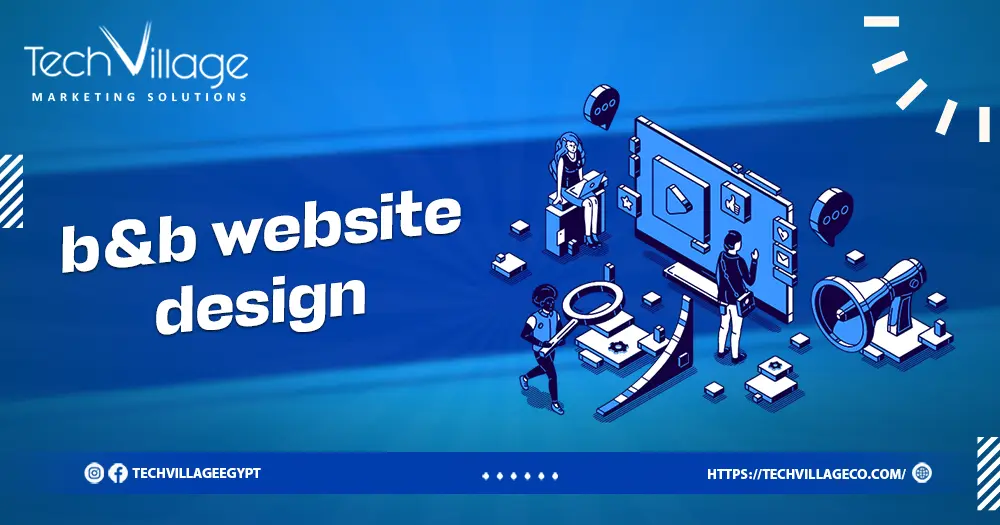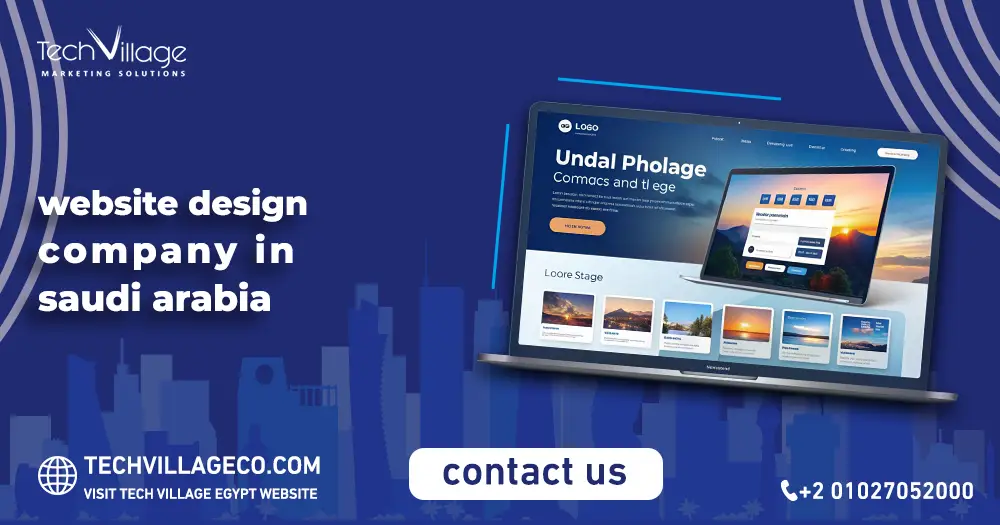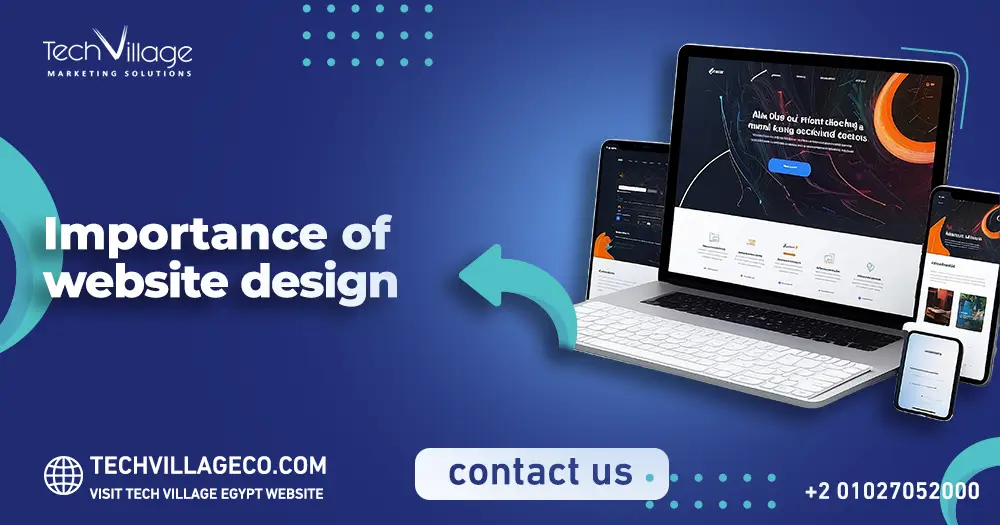In the competitive landscape of hospitality, a well-designed website is the digital storefront that can make or break a bed and breakfast’s online presence. Crafting a b&b website design involves a delicate balance of aesthetics, functionality, and user experience to captivate potential guests and convert visits into bookings. From showcasing the unique charm of the property to providing seamless booking experiences, effective b&b website design is essential for driving traffic, enhancing brand perception, and ultimately, fostering guest satisfaction.
Table of Contents
ToggleWhat is B2B website design?
b&b website design refers to the process of creating and optimizing websites specifically tailored to facilitate business-to-business (B2B) transactions and interactions. Unlike B2C (business-to-consumer) websites, which target individual consumers, B2B websites cater to businesses looking to purchase products or services for their own operations.
b&b website design typically focuses on providing detailed product or service information, showcasing industry expertise, and facilitating efficient communication and transactions between businesses. Key elements of b&b website design may include clear and concise product/service descriptions.
Easy-to-use navigation, secure payment gateways, and robust customer support features. The goal is to create a professional, trustworthy online platform that enables seamless interactions and transactions between businesses, ultimately driving sales and fostering long-term partnerships.
Get to know: Best Ux Websites.
What is basic web design?
b&b website design refers to the fundamental principles and practices involved in creating a simple, functional, and visually appealing website. So here are some elements of b&b website design;
- Layout: A well-organized layout that ensures easy navigation and readability for users. This includes clear placement of headers, menus, and content sections.
- Color scheme: Choosing a cohesive color palette that reflects the brand identity and enhances the overall aesthetics of the website. Basic web design often relies on a limited number of colors to maintain simplicity and readability.
- Typography: Selecting appropriate fonts and font sizes for headers, body text, and other elements to ensure readability across different devices and screen sizes.
- Imagery: Incorporating relevant images, graphics, or icons to enhance visual appeal and convey information effectively. Basic web design typically focuses on using high-quality, optimized images that complement the content without overwhelming the page.
- Responsiveness: Designing the website to be responsive across various devices and screen sizes, ensuring that it looks and functions well on desktops, laptops, tablets, and smartphones.
- Accessibility: Ensuring that the website is accessible to users with disabilities by adhering to accessibility standards and implementing features such as alternative text for images and keyboard navigation.
- Content: Creating clear, concise, and engaging content that communicates the purpose of the website and provides valuable information to visitors.
Get to know: Who Is The Best Website Design Company
What are the 3 types of web design?
The three main types of b&b website design are:
1. Static Web Design:
Static websites are made up of web pages with set content that remains untouched until manually modified by a web developer.
They are typically coded using HTML and CSS and are suitable for businesses or individuals who require a simple online presence without frequent updates.
2. Dynamic Web Design:
Dynamic websites contain dynamic content that can be updated or modified automatically based on user interactions, database queries, or other factors.
They often incorporate technologies such as server-side scripting languages (e.g., PHP, ASP.NET) and databases (e.g., MySQL, MongoDB) to create interactive features like user accounts, e-commerce functionality, and content management systems (CMS).
Read also: 2023 Website Design Trends.
3. Responsive Web Design:
Responsive websites are designed to provide an optimal viewing and user experience across various devices and screen sizes, including desktop computers, laptops, tablets, and smartphones.
Responsive web design uses fluid grids, flexible images, and media queries to automatically adjust the layout and content of a website based on the device it is viewed on. This approach ensures consistency and usability across different platforms, improving accessibility and user engagement.
Here’s: Best Creative Agency Websites.
What is important for b&b website design?
According to tech village, they are several key elements are crucial for effective b&b website design:
- Visual Appeal: Captivating imagery and an attractive layout that showcase the charm and ambiance of the property can entice visitors and encourage them to explore further.
- Easy Navigation: Intuitive navigation menus and clear calls-to-action help visitors find the information they need quickly, whether it’s room rates, availability, or amenities.
- Mobile Compatibility: With more people browsing on smartphones and tablets, ensuring that the website is optimized for mobile devices is essential for reaching and engaging potential guests.
- Booking Functionality: Seamless booking processes with secure payment options and real-time availability updates make it convenient for visitors to make reservations directly through the website.
- Compelling Content: Engaging, informative content such as descriptions of rooms, local attractions, and guest reviews can influence visitors’ decisions and encourage bookings.
- Social Proof: Including testimonials, guest reviews, and social media integration can build trust and credibility, reassuring potential guests about the quality of their stay.
- Local Information: Providing information about nearby attractions, restaurants, and events can enhance the overall guest experience and position the b&b website design as a helpful resource for travelers.
- Performance and Security: Fast loading times, reliable hosting, and SSL encryption contribute to a positive user experience and reassure visitors about the security of their personal information.
Conclusion
In essence, the success of a bed and breakfast hinges greatly on its digital representation through a well-crafted website. With attention to detail, user-centric design, and a seamless booking process, b&b website design owners can create an online platform that not only showcases the charm of their property.
But also delivers a delightful experience for potential guests. By continuously adapting to industry trends and incorporating feedback, b&b website design can remain relevant, engaging, and instrumental in driving bookings and fostering guest loyalty in the ever-evolving landscape of hospitality.
FAQ
What does a B2B website do?
A b&b website design serves as the digital hub for businesses engaging in business-to-business transactions. It showcases products or services with detailed information, generates leads through contact forms, and educates potential buyers with content marketing. Some b&b website design facilitate online purchasing, offer customer support features, and provide account management functionalities.
How good design affects B2B companies?
Good design significantly impacts B2B companies by enhancing brand perception, improving user experience, and driving business outcomes. A well b&b website design or product instills trust and credibility, positioning the company as a professional and reliable partner. It also simplifies complex information, making it easier for users to understand and engage with the company's offerings. Good design can lead to increased website traffic, higher conversion rates, and improved customer satisfaction.

 AR
AR




